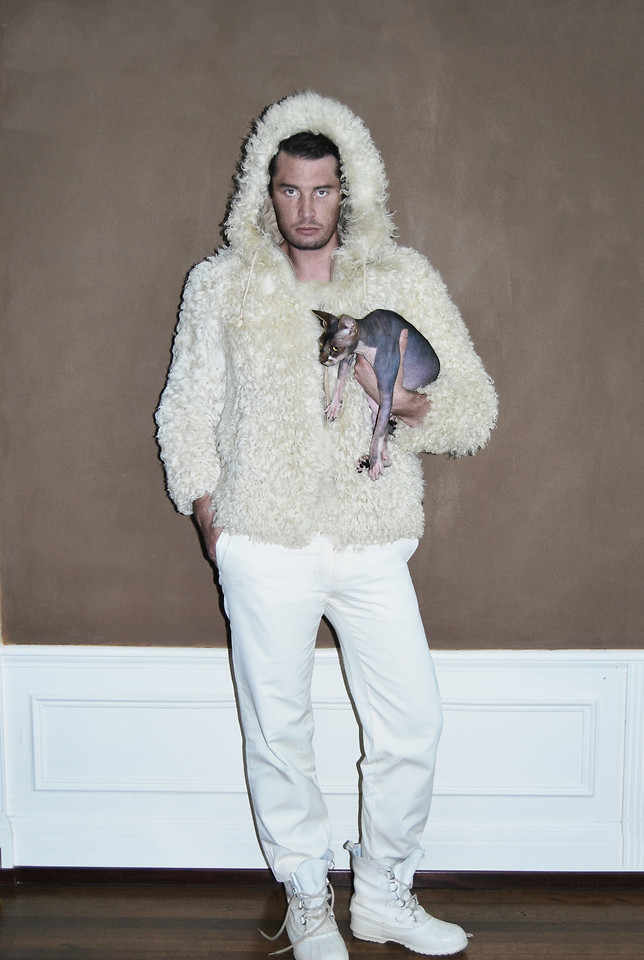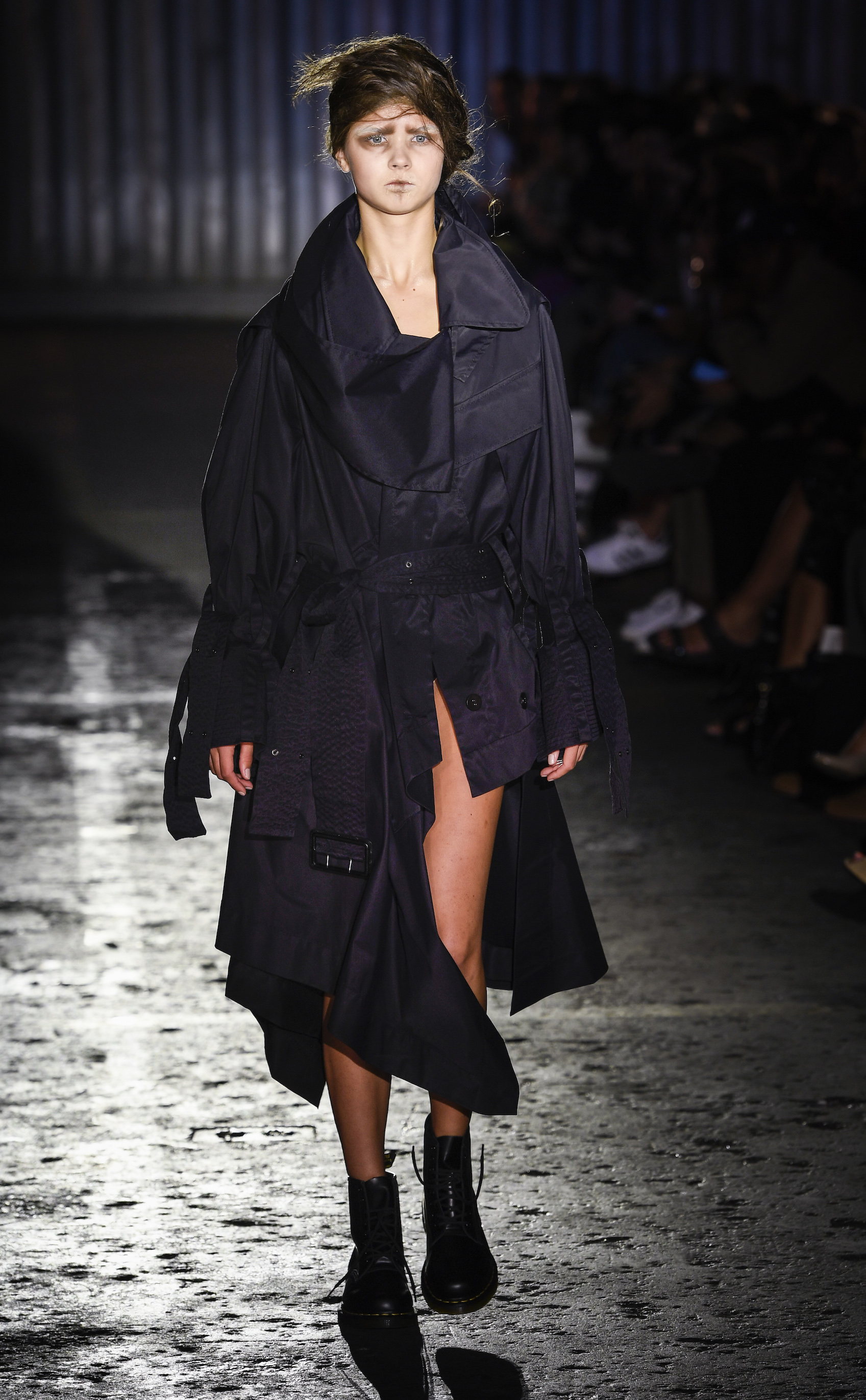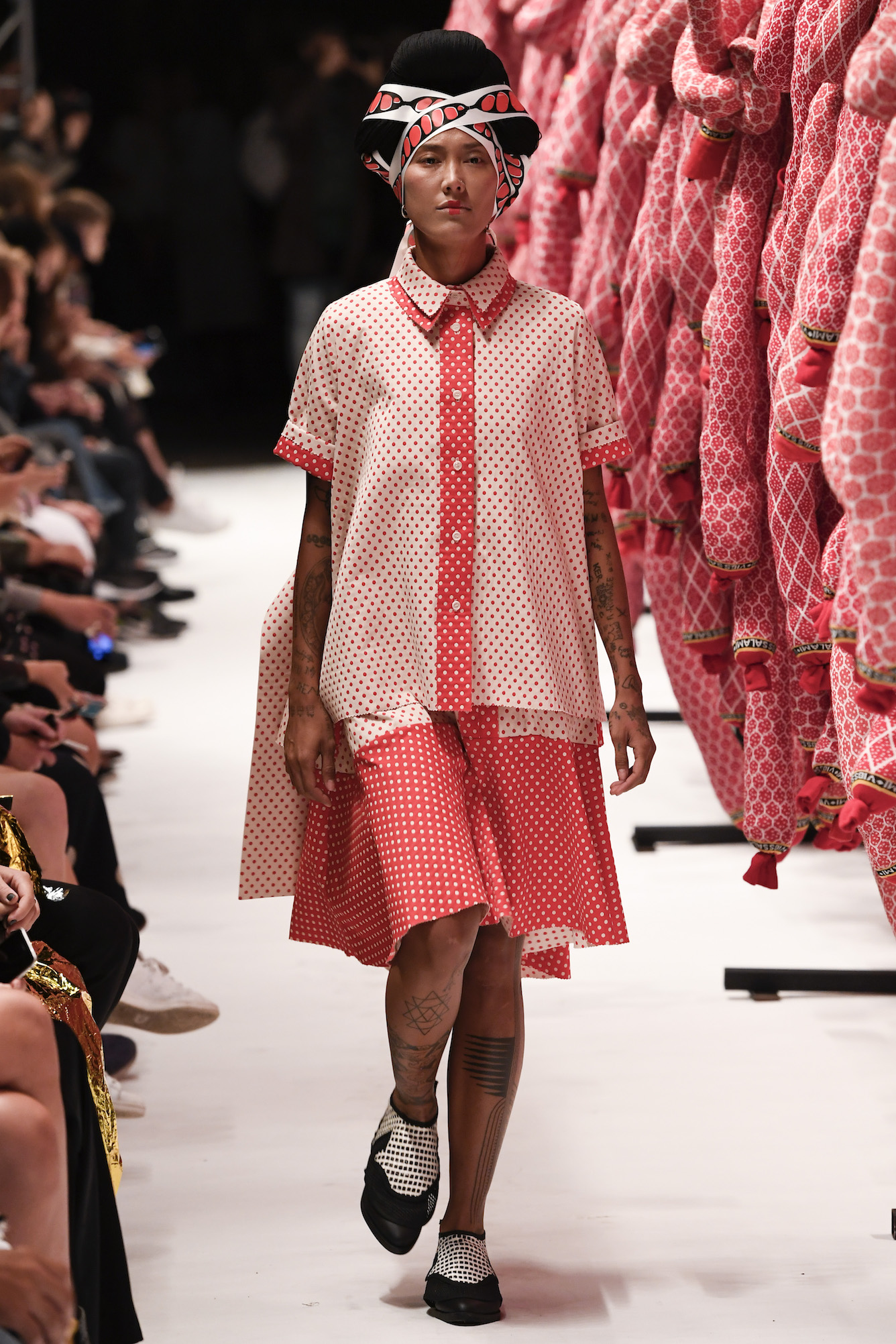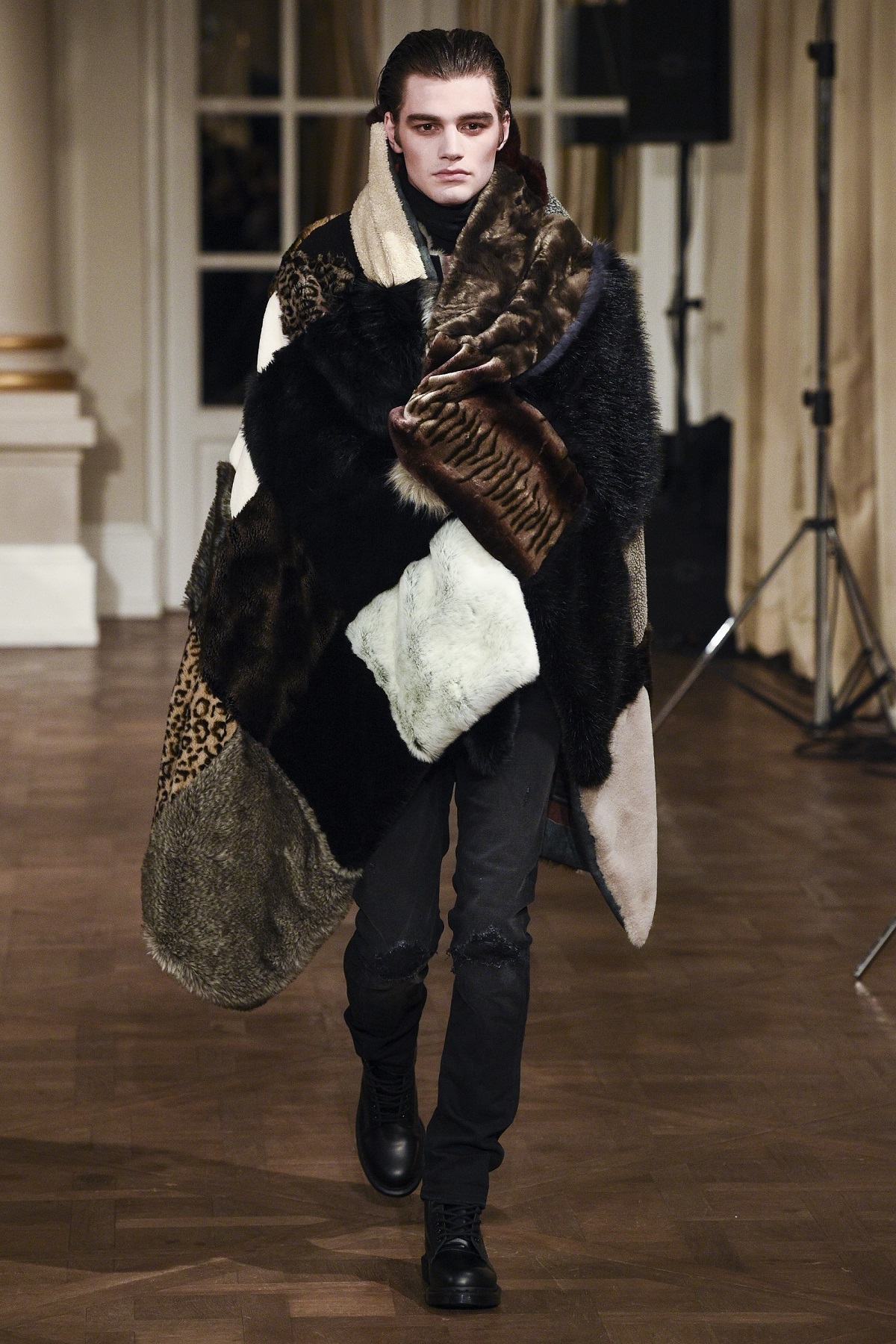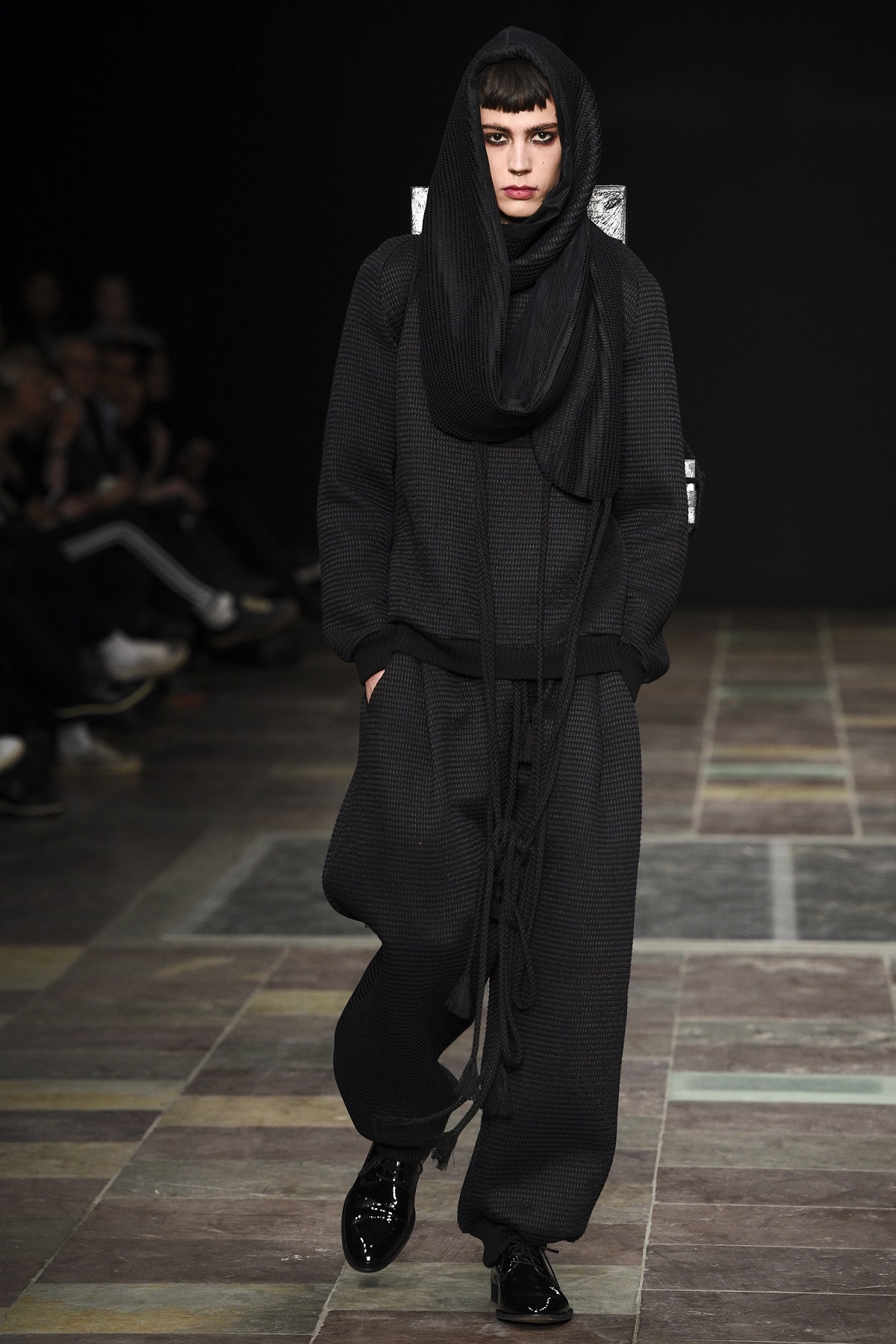The articles I have written in English.
From articles about Men Wrapped in Fur and The True Mariniére to The Androgynous Look and The Normcore Scene.
Articles/reports from Copenhagen Fashion Week shows of Nicholas Nybro, Henrik Vibskov, Barbara I Gongini, Han Kjøbenhavn, Asger Juel Larsen & Tonsure.
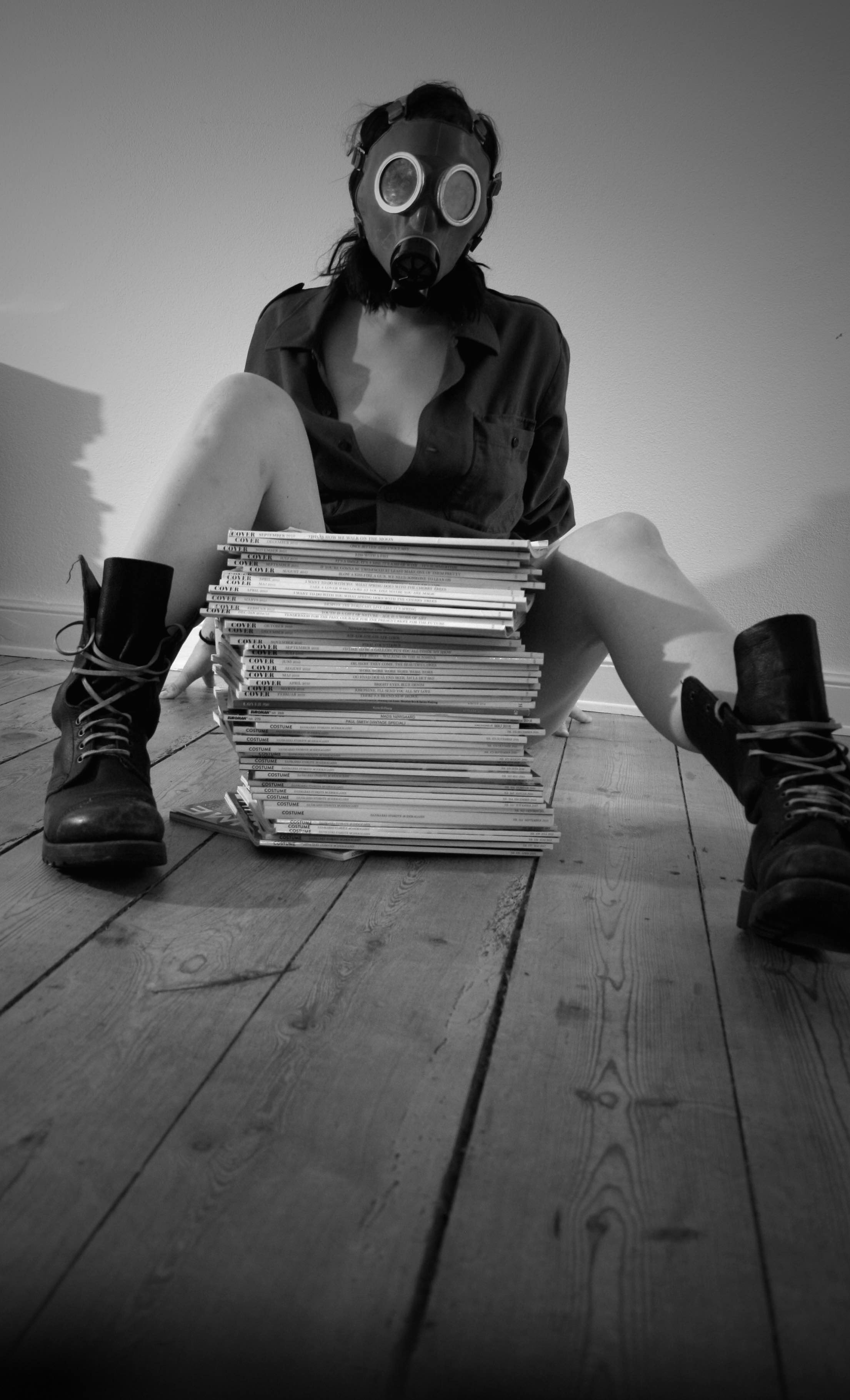
credits: www.sceneavantgarde.com
For years, decades and even centuries, soldiers from almost every nation, were sent to battle, war and even world wars, wearing their required military-uniform. A uniform, worn by the armed forces of various nations, in combat and mud. A uniform, that changed from one country, battle, war and decade to another.
With inspiration from the thirty years war in the 1600s, the naval wardrobe of the french soldiers two centuries later in 1850s, the first world war, the Golf war, the Crimean war. and the second as well, the military scene became the uniform of the avantgarde.
Once upon a time, during the first chapters, the fairytale of Nicholas Nybro was told, with inspiration from old famous fairytales, told to every child in every kingdom among the world.
In the scene of Nicholas Nobro’s SS18 show “THE BODY”, the models were walking the catwalk, in historical surroundings, all embracing the body of their own.
Some, in Nicholas Nybros latest collection, where the colors went from delicate nude shapes and beige nuances to dark and warm brown. The silhouette from avantgarde to oversized and even see-through dresses, with the body more or less revealed.
And some, without a cloth and bare naked, as in the fairytale “The Emperor's New Clothes” by H.C Andersen.
So this is still a fairytale!

Pressefoto: Mads Nørgaard Copenhagen
The true Mariniére appeared at the seaside of France, in the late 1850’s. Surfacing as a naval wardrobe, that later on appeared on local fishermen, yachtsmen and others enjoying the seaside-life - while wearing a shirt covered in stripes.
It has been seen on the well-known artist Pablo Picasso and the french fashion designer Coco Chanel, who also introduced the classic striped shirt to women’s fashion in 1917, by taking inspiration from the fishermen at the very same seaside of France. And by that, the true Mariniére became a solid part of the fashion scene.
Men have been wrapped in fur for ages and are now once again.
Since the border between X and Y have been erased in the scene of fashion, fur is no longer related to gender.
In fact fur, as a garment or material for clothing, has a long history and mankind have worn this beautiful and warm material for millennials, with no affiliation to gender. It is known to be the oldest material used for clothing and can be dated back to the times of some of our oldest ancestors - The Neanderthals from the Pleistocene in the stone age, millennials ago.
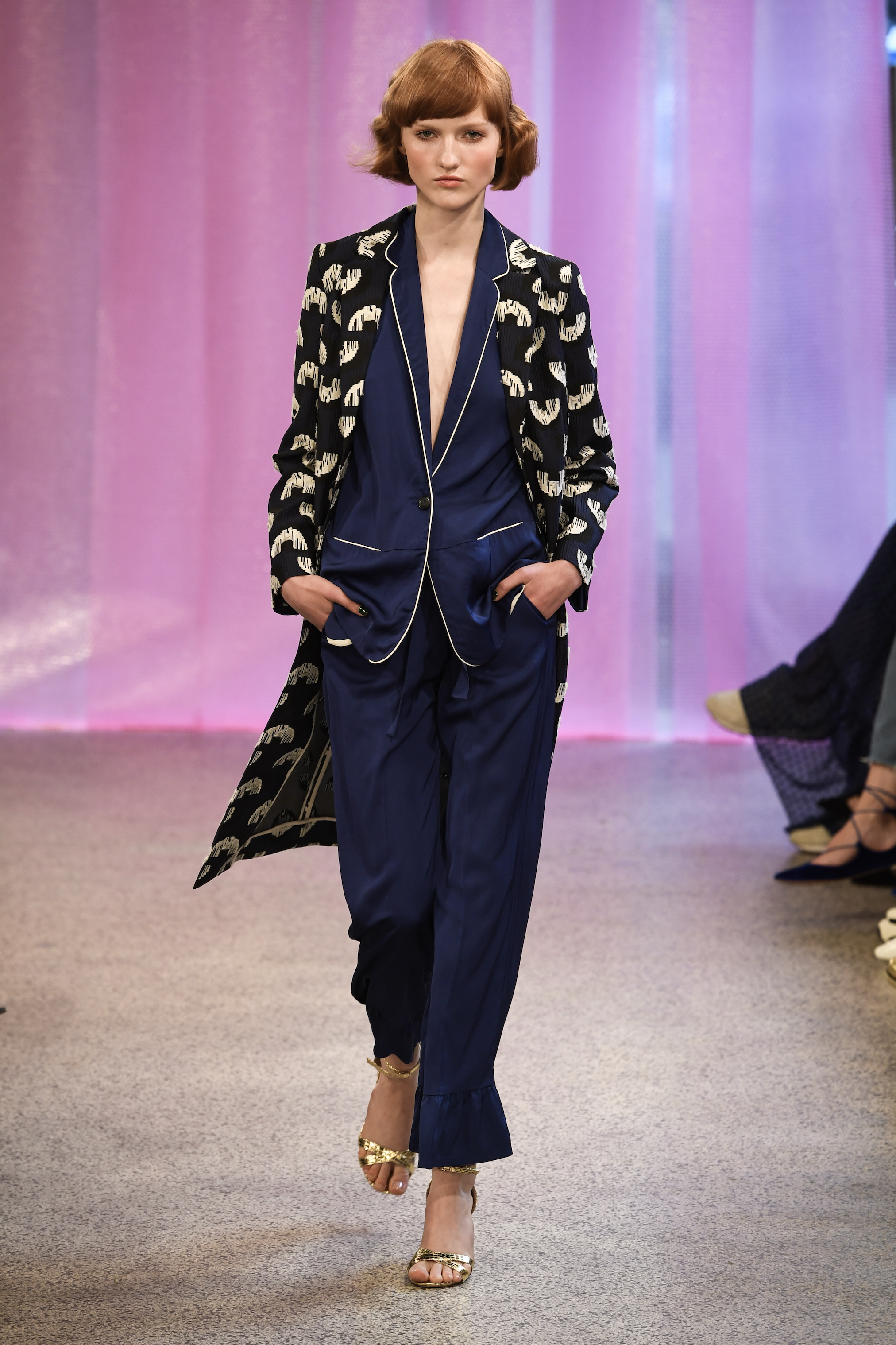
From Baum und Pferdgarten SS17 collection - Photo: www.copenhagenfashionweek.com
With relations to casual evening wear, sweet dreams and bedtime storries, the pyjamas, which used to belong to the private and intime part of life, often held inside the walls of the bedroom and the secret and most intimate part of every woman’s wardrobe, for centuries, appeared on the fashion scene and then on the streets.
Conquering it’s former glory and taking us back to where it all began.
Setting the scene in a dark climbing hall on the small Refshale Island, where big shipping containers, a net for climbers where placed close to the roof, and a guitarist playing a solo on top of these containers, BARBARA I GONGINI, showed her male collection 8 & female collection 25.
True to her signature, the danish designer, with roots from the far north located Faroe Islands, set a dark, seductive and avant-garde scene, with inspiration from these islands, where sunlight pierces the rugged sky and a low haze rolls over the dewy landscape, ends up with the black color in the end.
In the meatpacking district of Copenhagen, heavyweight butchers operated the factory of Henrik Vibskov’s:“Salami - The Kitchen of The Non Existent”, making salami, in the same district, that housed the cattle fair and butcheries, years ago.
Setting the scene for Henrik Vibskov’s presentation of the SS17 Collection, during this Copenhagen Fashion Week. Where meat was the core of the show and the question of living in a time where experts are in fond of vegetarians and meat soon can become a story to tell we our grandchildren about.
In a structure standing 20 meters long, with large piles of salami hanging from big meat hooks and heavyweight butchers making and moving them from the butchers table to a meat hook or form one to another. With models walking along side, large piles of salamis and butchers, Henrik Vibskov showed his SS17 collection, “Salami - The Kitchen of The Non Existent”.
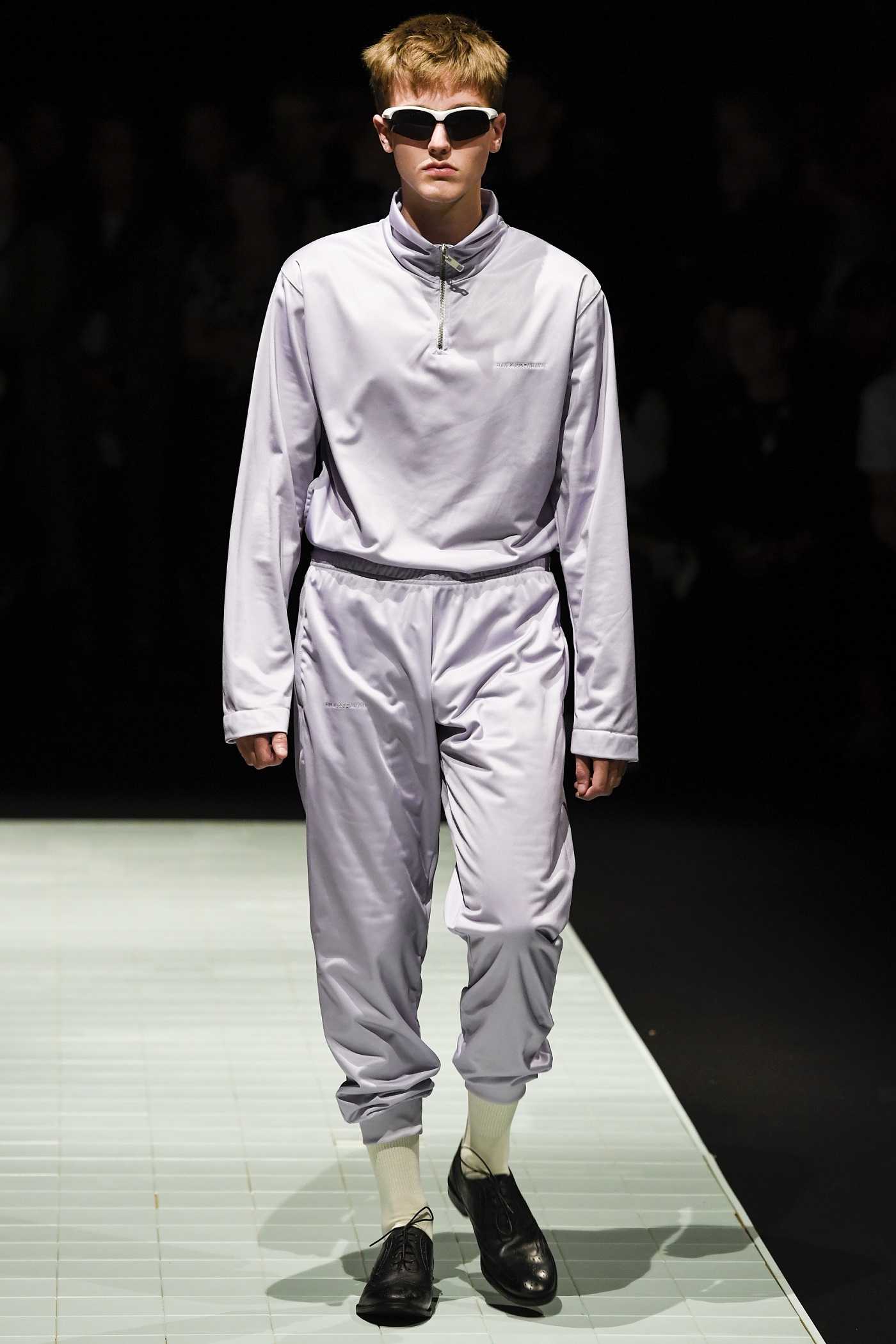
Copenhagen Fashion Week
HAN KJØBENHAVN showed the SS17 collection, with a story taking it’s beginning, with four full grown men, wearing hoods, which used to be connected with executioners from the past, entering the squared catwalk and then sit down, to drive the slapping-hand installation, placed in the center.
The storyteller of danish fashion, with a mindset in the opposed direction of the utopian (the dystypian red.), Asger Juel Larsen, known for his post-apocalyptic universe, where rules, means rules-breakers, is telling a new story.
Presented by a show, where a more commercial line took place and a lot of his former signature, from his earlier years was represented.
Set in the glamourish frame of the The Palm Court at Hotel D’Angleterre, Asger Juel Larsen opened the show with a crescendo, performed by Simon and Rasmus Littauer, placed in the center of the almost labyrinthic runway.
Once upon a time, a fairytale began and The Snow Queen, was once again told in words and then in Couture.
With the beginning taken form in his last collection, the SQ1, part 1 of his two cohesive collections, inspired from the first part of H.C.Andersens tale The Snow Queen, and danish farming idyll from old danish Morten Korch movies, showed during the previous Copenhagen Fashion Week.
This time Nicholas Nybro presented the second and final part of the of two cohesive collections, without the inspiration of old Morten Korch movies and with The Snow Queen as the main character, telling the story from the beginning to the end.




